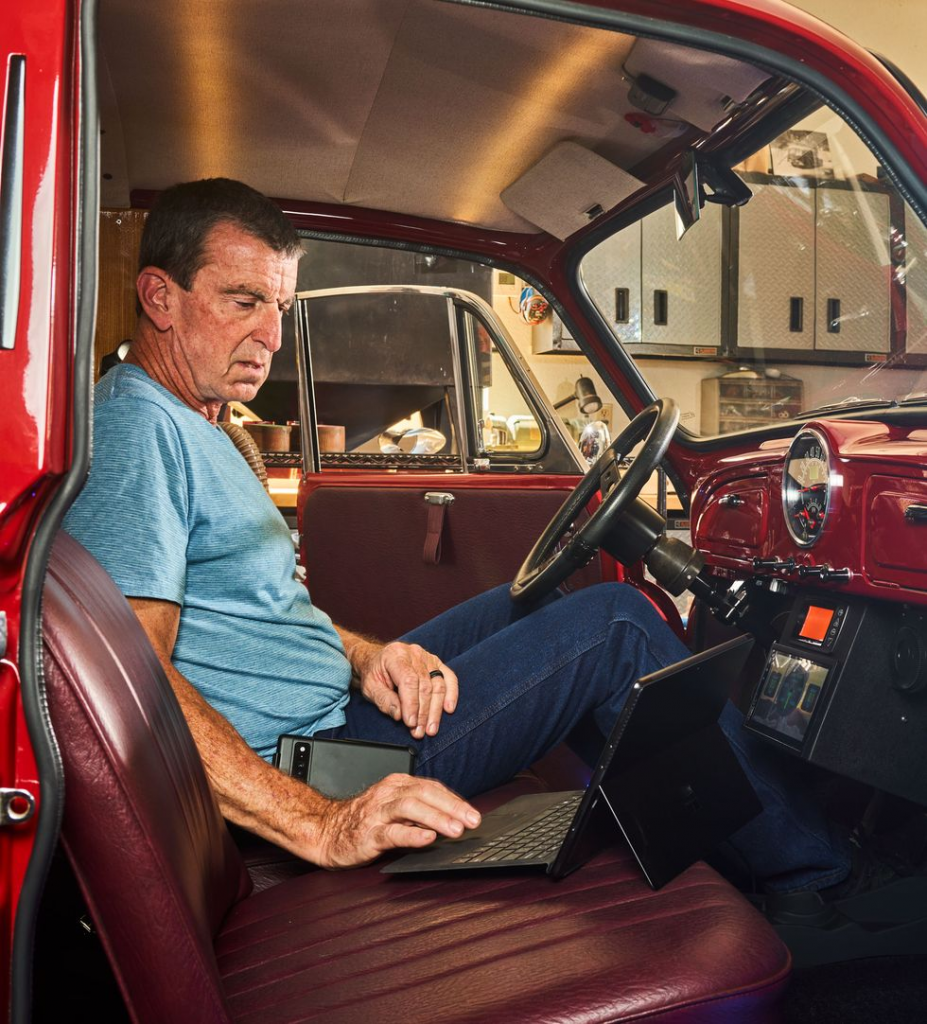A man has made his DIY electric car and it is way less expensive than a Tesla. His first car was a 1960 Morris Minor Traveller station wagon that his father gave him as a hand-me-down.
He says that a Morris was the best option to be converted into an EV because it is an old car that has easier connections that can be manipulated unlike the newer cars. Also, he was familiar with the model as he had it with him in his early days.
By 2014, the technology became advanced enough to materialize his idea. He went to see Tesla’s Model S to understand the concept better.

The first motor and controller he tried came from a company called HPEVS. He chose an AC-51 induction motor, which made around 88 horsepower and 108 lb-ft of torque. It cost him about $5,500.
To mount the motor, he made a crossmember for the front of the new motor and used the original crossmember from the transmission.
He got 48 new lithium-ion prismatic battery cells at 3.2 volts and 200 amp hours per cell, which worked out to 30.720 kilowatt-hours at 144 volts nominal. They were around $15,000. However, they didn;t sit quite well. He got the batteries from a crashed Model S at a junkyard, instead, for $7,000 for seven packs.
A DC-to-DC converter pulls a charge from the batteries to power the car’s radio and other electrical systems. He was able to set up his system in about $1,200, and it gave him the information about the amount of current used, temperatures inside the battery pack, and display other neat data just like in Tesla.

He installed the battery-management system, the motor controller, and the DC-to-DC converter up in the engine bay at the front of the car. The brakes were kept the same way as they were.
The mechanical linkage on the original gas pedal is attached to a potentiometer that’s in turn connected to the motor controller. It has a GPS-based analog speedometer cluster designed for an old Jeep. It sends a zero-to-5V output to the fuel gauge based on the battery’s charge.
He charges the car at night after 10 pm. It takes 14 hours for it to be fully charged after it is completely drained.
Alan keeps on upgrading his creation by whatever means possible and makes sure the model is up to date.
The Morris now has 120 horsepower, 175 lb-ft of torque, and 147 eMPG, or around 275 to 300 watt-hours per mile—that’s pretty similar in efficiency to a Tesla Model 3. The weight of the vehicle is half of that of a Tesla. Its range is around 125 miles and uses it every day. So far he has gone 18,000 miles on it.


